Bees are in danger of becoming extinct. There are colonies of bees disappearing all over the world. Whether it’s from pesticides, weather changes, or the “unknown”, this is a serious problem.
Bees are responsible for helping to pollinate 2/3 of the fruit and vegetables we eat. Every zucchini, pumpkin or tomato you eat is because of the bees.
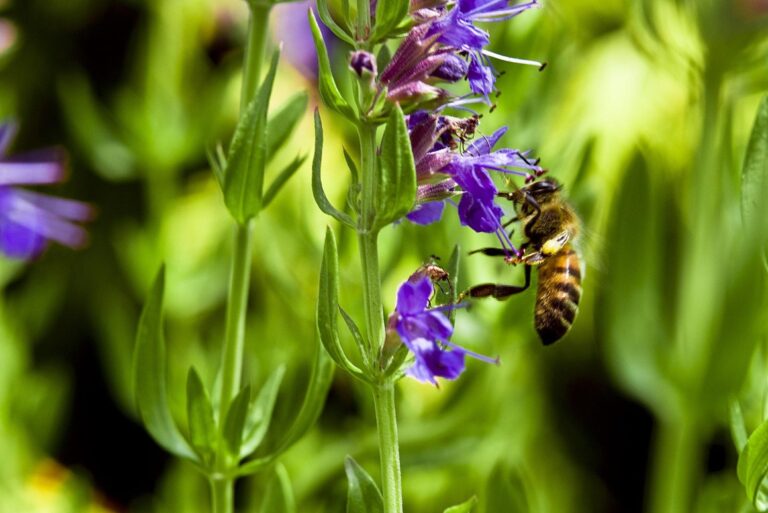
Without the bees, we are only a few years from starvation. Attracting bees to your garden can help to stop this from happening. You don’t need to plant a huge garden. Every flower that attracts honey bees makes a difference.
Best Plants That Attract and Feed the Bees
To plant flowers that attract honey bees, choose colorful flowers that have single rows of petals. Choose plants that are native to your region.
Here is a list of plants that attract bees to consider planting. The bees are depending on you!
Catmint
Catmint is part of the catnip family. Bees adore it as much as the felines do. Available in a variety of colors, these flowers are low-maintenance and deer-resistant. Catmint is also drought-tolerant.
Cutting the plant back after the first flowering will result in more blooms during the same season. Plan on planting different varieties as this extends the blooming season from summer to fall.
Cosmos
Cosmos are easy to grow and bees love them! This is an annual flower. It’s great for filling in empty spaces in your garden.
This flower produces lacy leaves and blooms that resemble spikes. Cosmos are available in a variety of colors including white, yellow, orange, and shades of pink.
Lavender
Lavender smells wonderful! Many people are surprised to learn that lavender isn’t just purple. It grows in white and pink varieties as well.
If you live in an area known for poor soil, you can still grow lavender successfully. The local bees will love you for it!
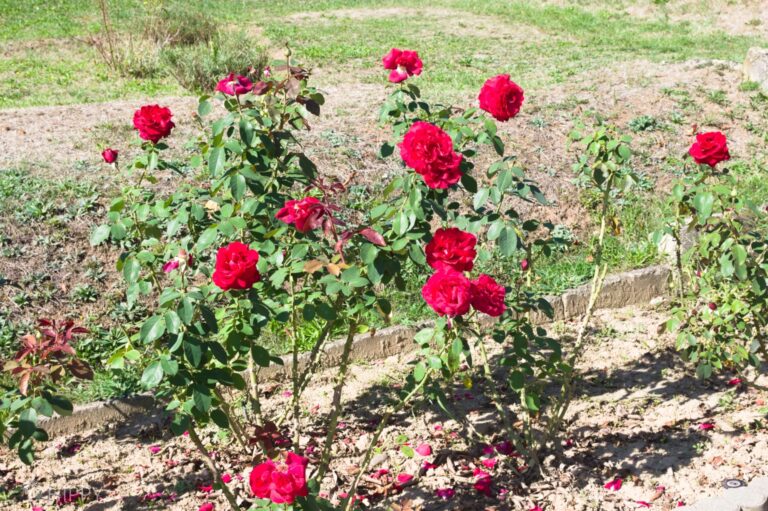
Old-Fashioned Roses
You might assume that bees are attracted to all types of roses. But, they’re not. Their favorites are old-fashioned roses with open centers, which are usually very fragrant.
Single-petal roses come in second for the best flowers for honey bees. Roses need plenty of sun, and soil with a proper pH balance. The work needed to grow these flowers will be worth it.
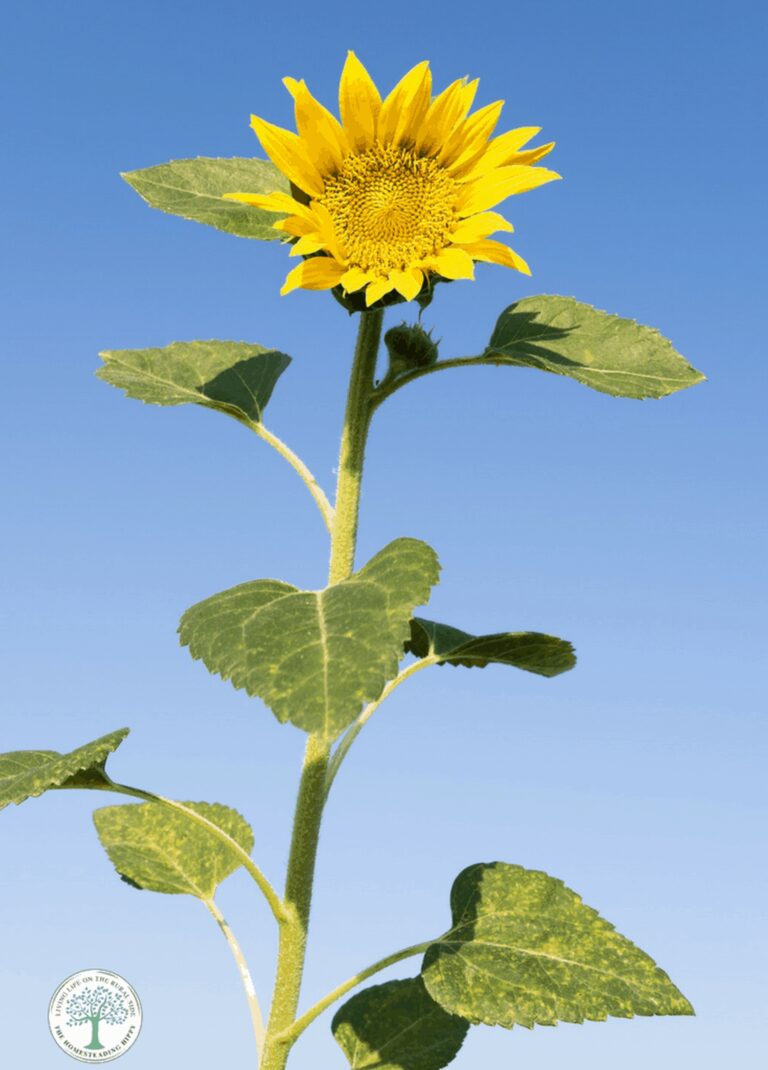
Sunflowers
It is the sunflower’s large center that typically attracts bees. The large surface area provides them with lots of room to forage for pollen.
There is a sunflower variety that’s native to almost everywhere in the United States. They are varieties that are great for saving the seeds as snacks. They can also be used to feed chickens throughout the winter.
You can plant the variety that works well for your zone (I recommend you give Russian mammoth a try). Note that it is important to plant them after the last frost.
Echinacea
Growing echinacea, also known as coneflowers, is a great way to attract and feed bees. These flowers are rich in nectar, and their large petals make them easy for bees to access.
In addition, echinacea blooms for a long period of time, providing a steady source of food for bees throughout the summer months. Best of all, growing echinacea is relatively easy.
These plants are tolerant of a wide range of conditions and will thrive in both sun and shade.
Cilantro
Did you know that by growing cilantro, you can help support the bee population? Cilantro is a rich source of nectar and pollen, which makes it an excellent plant for bees.
In addition, cilantro flowers are relatively large, making them easy for bees to access. By growing cilantro in your garden, you can attract bees and provide them with a valuable food source.
Parsley
Parsley (Petroselinum crispum) is a biennial herb in the Apiaceae family. Native to the Mediterranean region, parsley is now grown all over the world as a culinary herb. Parsley plants are easy to grow and make an excellent addition to any garden.
Not only do they provide flavor and color to food, but they also attract and feed bees. In fact, parsley is one of the most popular herbs for beekeepers.
The small white flowers are borne in umbels and provide a rich source of nectar for bees. When planted in mass, parsley makes an excellent bee-friendly ground cover.
Dill
Dill is a member of the carrot family and is native to the Mediterranean. It grows best in full sun and prefers well-drained soil.
Dill also attracts bees, providing them with a much-needed source of food. In addition, dill is easy to grow and can be planted in both spring and fall.
Anise Hyssop
Anise hyssop (Agastache foeniculum) is a perennial herb in the mint family that is native to North America. It is a hardy plant that can tolerate a wide range of growing conditions, making it an ideal choice for beginner gardeners.
Anise hyssop grows to a height of 2-3 feet and produces clusters of small, lavender-colored flowers. The leaves have a licorice-like flavor that is popular in herbal teas.
Summersweet
Summersweet (Clethra alnifolia) is a shrub in the witch hazel family that is native to eastern North America. It typically grows to a height of 6-8 feet and produces small, white flowers in the summertime.
The leaves have a sweet scent that is particularly noticeable in the evening.
Michigan Holly
Michigan holly is a native Michigan plant that is known for its ability to attract and feed bees. It blooms in early to mid-summer, and the flowers are white or pale pink.
The berries are black and ripen in the fall. Michigan holly is found in woods, fields, and roadside ditches.
Purple Loosestrife (sometimes!)
Purple loosestrife is found in wet areas such as marshes, wetlands, and riverbanks. In some places, it is an invasive species, so you may want to be careful about where you plant it.
Basswoods
The Basswood blooms in the summertime, producing small, fragrant flowers that are pollinated by bees. The flowers grow in clusters and are followed by small fruits that are eaten by birds.
Aster
Aster is a beautiful flower that not only attracts bees but also provides them with an important source of food. The flowers are rich in nectar and pollen, which makes them ideal for bees.
Additionally, aster plants grow quickly and easily, making them a great choice for gardeners who want to attract bees to their gardens.
Bee balm (monarda)
Bee balm, also known as monarda, is a member of the mint family and produces clusters of bright, tubular flowers in shades of pink, purple, and red.
Joe-pye weed
Joe-pye weed (Eutrochium purpureum) is a North American native wildflower that is becoming increasingly popular in gardens.
This tall, tap-rooted perennial produces clusters of pink or purple flowers from midsummer to fall. The nectar-rich flowers are very attractive to bees and other pollinators.
In addition to being a beautiful garden plant, joe-pye weed also has a long history of medicinal use. The leaves and roots were traditionally used to treat fevers and skin conditions. Today, the plant is still sometimes used in herbal teas or tinctures.
When growing joe-pye weed, be sure to give it plenty of room to spread. The plants can become quite large, so they are best suited for meadows or naturalized areas.
Asclepias
Asclepias, also known as milkweed, is a genus of flowering plants that are native to the Americas. The genus contains over 100 species, and many of them are popular garden plants.
Asclepias plants are known for their showy flowers, which are often very attractive to bees. In fact, beekeepers often grow Asclepias specifically to provide a food source for their bees.
The flowers of Asclepias plants produce large amounts of nectar, and the pollen is also a valuable source of protein for bees. In addition to being a valuable food source, Asclepias plants are also an important part of the pollination process.
Many species of Asclepias are self-pollinating, but others rely on bees and other creatures to transfer pollen from one flower to another. As a result, growing Asclepias can help to support local populations of bees and other pollinators.
Butterfly bush
The Butterfly bush is a much-loved garden plant due to its ability to attract butterflies and other pollinators. However, it is also an excellent plant for bees, providing them with both nectar and pollen.
Bee populations have declined in recent years due to a variety of factors, so planting a few Butterfly bushes in your garden can help to make a difference.
The flowers of the Butterfly bush are very rich in nectar, making it a popular choice for bees. In addition, the flowers are large and open, making them easy for bees to access.
The pollen of the Butterfly bush is also high in protein, providing bees with the nutrients they need to stay healthy.
False indigo
Growing false indigo (Baptisia australis) in your garden is a great way to attract and feed bees. This native wildflower is an important source of food for bees during the early spring when other flowers are not yet in bloom.
False indigo also provides nectar for adult bees and pollen for bee larvae. In addition to being a valuable food source, false indigo is also a beautiful addition to any garden.
The bluish-purple flowers are borne on tall spikes that rise above the foliage in early summer.
False indigo is a tough and adaptable plant that thrives in most soil types and sun exposures. It is also resistant to deer and rabbits.
Goldenrod
Growing goldenrod is an excellent way to attract and feed bees. This beautiful, brightly-colored flower is a favorite of bees, and its nectar is a key source of food for these important pollinators.
Goldenrod is also a valuable plant for naturalists and gardeners alike, as it provides critical habitat for bees and other insects. In addition, goldenrod is relatively easy to grow and maintain, making it an ideal plant for beginners.
Hollyhock
Hollyhocks are one of the best bee plants. They are easy to grow and maintain, and they produce an abundance of nectar that attracts bees from far and wide. Hollyhocks come in a wide range of colors, making them a beautiful addition to any garden.
In addition to being a great source of nectar, hollyhocks also provide bees with high-quality pollen. This makes them an essential part of a bee-friendly garden.
Rhododendrons
If you want to attract bees to your garden, one of the best plants to grow is rhododendron. These brightly colored flowers are a favorite of bees, and they provide a bountiful source of nectar.
In fact, a single rhododendron bush can contain hundreds of flowers, making it an excellent option for beekeepers looking to increase their hive populations.
In addition to attracting bees, rhododendrons also provide them with a high-quality source of food. The nectar from these flowers is rich in sugar and protein, two essential nutrients that bees need to survive.
Buttonbush
Buttonbush (Cephalanthus occidentalis) is a shrub that provides an important food source for bees. The small, round flowers are borne in dense clusters and produce copious amounts of nectar.
Buttonbush grows in a variety of habitats, including wet woods, swamp margins, and along streams.
It is tolerant of both full sun and partial shade. Buttonbush typically reaches a height of 6-12 feet and has dark green leaves that are 3-6 inches long.
In late summer and fall, the shrub produces small, spherical fruits that are eaten by a variety of birds. If you are interested in attracting bees to your garden, consider planting buttonbush.
This hardy shrub is easy to grow and provides an important food source for pollinators.
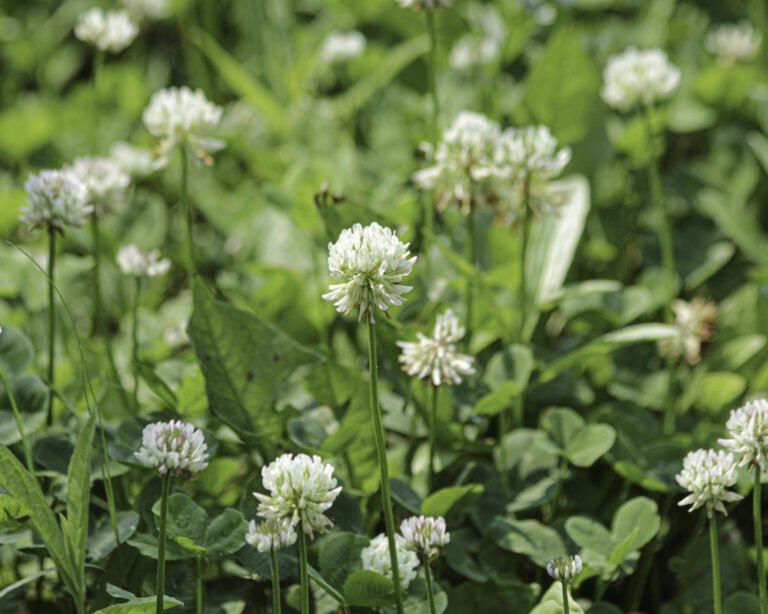
Clover
Clover is a flowering plant in the legume family that is often used as a cover crop or as animal fodder. Although it is not typically considered to be an attractive plant, clover has a number of beneficial qualities that make it attractive to bees.
The small, cup-shaped flowers are rich in nectar and pollen, providing a valuable food source for bees.
In addition, the flowers of clover are produced continuously throughout the growing season, making it an important source of food for bees during times when other plants are not in bloom.
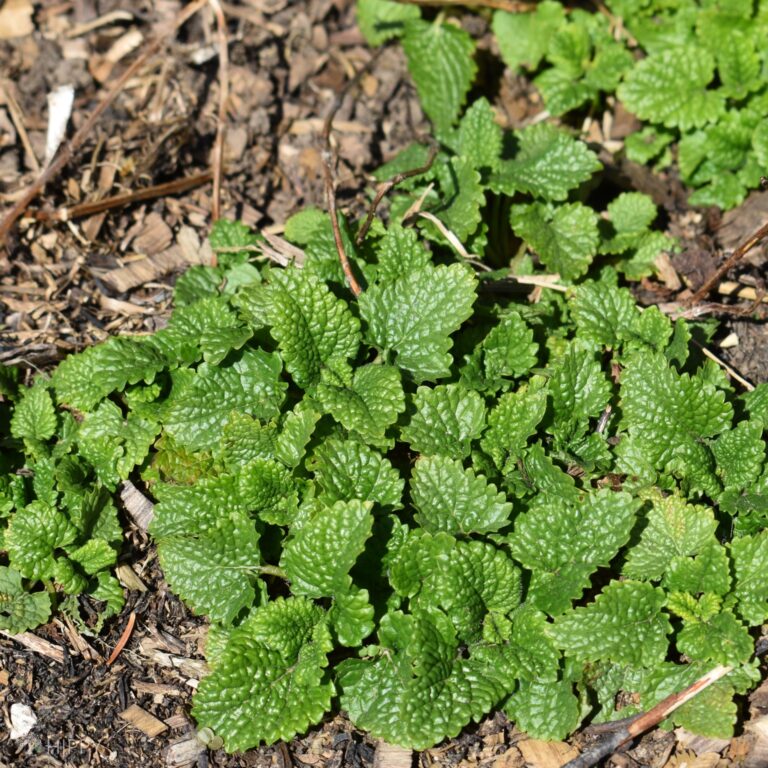
Lemon Balm
One way to help bees is to grow lemon balm in your garden. Lemon balm is a member of the mint family and is a popular choice for bees thanks to its nectar-rich flowers. The plant is also easy to care for and can tolerate a wide range of growing conditions.
Zinnias
Grow zinnia to attract and feed bees. Zinnias are a group of annual plants that are easy to grow and bloom prolifically.
They come in a wide range of colors, making them a popular choice for gardens. But zinnias are not just pretty flowers; they are also an important source of food for bees.
The large petals and flat centers make them ideal for bees to land on and collect nectar. In addition, zinnias provide a long blooming season, which is essential for bees who need a constant supply of food.
By growing zinnias, you can help to ensure that bees have the resources they need to thrive.
Allium
Allium is a genus of flowering plants that includes onions, garlic, chives, and leeks. These plants are cultivated all over the world for their culinary and medicinal value. Allium is also a valuable source of nectar for bees.
The large, showy flowers produce a great deal of nectar, which is essential for beekeepers looking to increase their honey production. In addition, allium flowers are an important source of food for bees during the spring months when other food sources are scarce.
Foxglove
Foxglove is a beautiful and popular flower that is easy to grow. Many gardeners choose to grow foxglove to attract and feed bees.
The flowers are rich in nectar and provide a valuable food source for bees. In addition, the flowers are a beautiful addition to any garden.
Foxglove is a hardy plant that can tolerate a variety of growing conditions. It is important to choose a location for your foxglove that receives plenty of sunlight and has well-drained soil.
Black-eyed Susan
The Black-eyed Susan is a North American wildflower that blooms in the summertime. It’s a beautiful flower that attracts bees and other pollinators with its nectar.
Snowdrops
The Snowdrop is a white bulbous flower that blooms in early spring. It’s native to Europe and Asia and is often associated with wintertime. It offers a wonderful food source for bees early in the season, before others become available.
Marjoram
Marjoram (Origanum majorana) is a perennial herb that is native to the Mediterranean region. It is a member of the mint family, and it has a sweet, slightly minty flavor.
Marjoram is commonly used in Mediterranean cuisine, and it is also used to flavor many commercially-produced products, such as toothpaste and mouthwash.
Marjoram is also attractive to bees, so it is a good plant to grow if you are looking to attract pollinators to your garden.
Chives
Chives are a herb that not only tastes great in dishes, but also attracts bees! The flowers that top the chive plant are especially attractive to bees and other pollinators.
By growing chives, you can help to feed bees as they collect nectar and pollen. In addition to attracting bees, chives are also a valuable herb to have in your kitchen. They can be used to add flavor to soups, salads, and potato dishes.
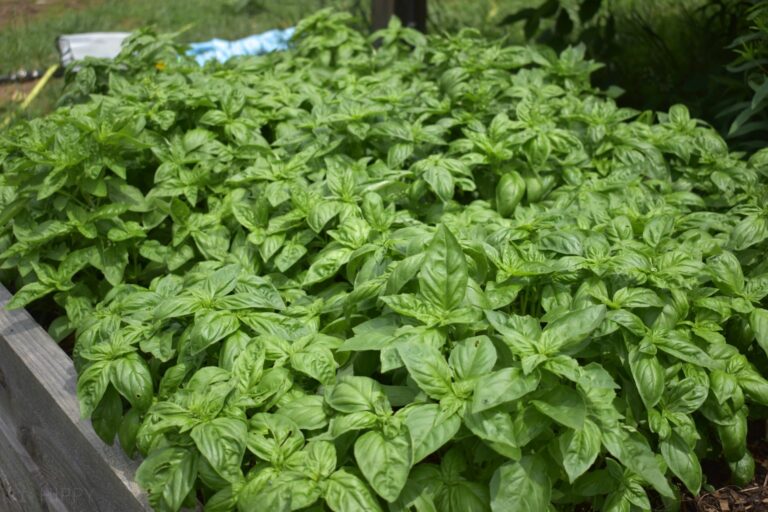
Basil
Basil flowers are a major source of nectar for bees, and the herb contains high levels of pollen. In fact, bees have been found to prefer basil over other plants! By planting basil in your garden, you can help to support the local bee population.
Bee-bee tree
The bee-bee tree gets its name from the large number of bees that are often seen buzzing around its flowers.
While the bee-bee tree is not commonly planted in North America, it is becoming more popular in Europe and Asia as a way to attract bees to gardens and parks.
The bee-bee tree is easy to grow and care for, making it an ideal plant for those looking to create a bee-friendly environment.
Thyme
Bees are attracted to the flowers of the thyme plant. The nectar and pollen of the flowers provide a food source for bees. In addition, thyme provides a place for bees to rest and shelter.
To attract bees to your garden, plant a variety of thyme plants. Bee-friendly thyme varieties include lemon thyme, garlic thyme, and wooly thyme.
Plant thyme in full sun in well-drained soil. Water regularly to keep the soil moist but not soggy. Deadhead spent flowers to encourage new growth. Bees will visit your garden from spring through fall.
Native mountain mint
Native mountain mint (Pycnanthemum muticum) is a hardy perennial herb that is native to the Appalachian Mountains.
It is a member of the mint family and has a strong, camphor-like scent. Mountain mint grows best in full sun and rich, well-drained soil. It is drought-tolerant and can reach up to three feet in height.
Mountain mint is an excellent plant for attracting and feeding honeybees along with other pollinators like moths. The flowers are rich in nectar and pollen, and the leaves emit a pungent aroma that attracts bees from miles around.
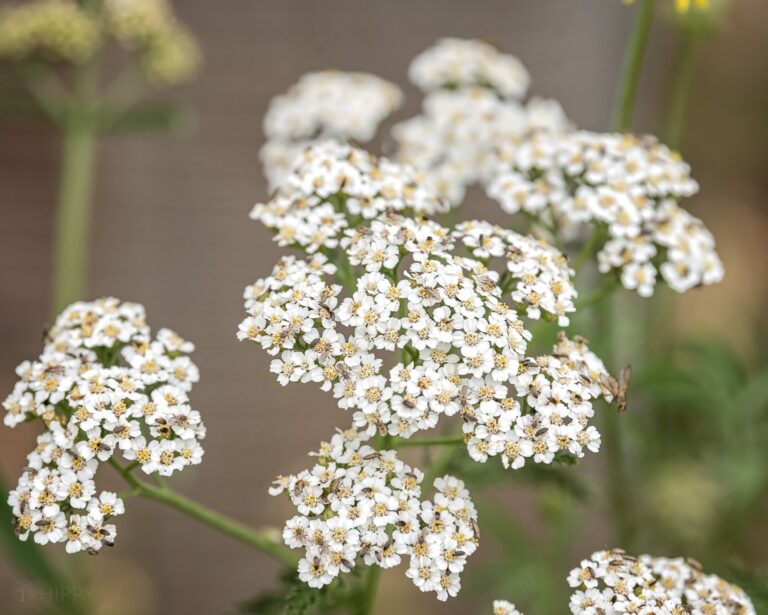
Yarrow
Yarrow (Achillea millefolium) is another excellent bee plant. It is a member of the Aster family and is native to Europe, Asia, and North America. Yarrow grows well in full sun or partial shade and prefers moist, well-drained soil.
It reaches up to two feet in height and produces clusters of small, white flowers. Yarrow is a valuable bee plant because it blooms for an extended period of time (from June to September), providing a much-needed source of food for bees during the summer months.
How Do You Create a Pollinator-Friendly Garden?
For many people, the word “pollinator” conjures up images of bees buzzing from flower to flower. However, pollinators include a wide range of creatures, from beetles and butterflies to hummingbirds and bats.
Creating a pollinator-friendly garden requires more than just planting some flowers; it requires an understanding of the specific needs of different pollinators.
By providing a variety of native plants that bloom at different times of the year, you can attract a diverse group of pollinators to your garden.
Additionally, it is important to create a habitat that provides food, water, and shelter for pollinators. This might include incorporating a water feature or leaving some areas of your garden undisturbed.
By taking these steps, you can create a pollinator-friendly garden that will provide food and habitat for a wide variety of creatures.
If you’re looking to help out our little buzzing friends, consider planting some of these plants in your garden. Not only will they provide much-needed sustenance for the bees, but they’ll also add some beauty and interest to your outdoor space.
What plants that attract bees will you plant in your garden this year? The bees need you! Be sure to pin this for later!
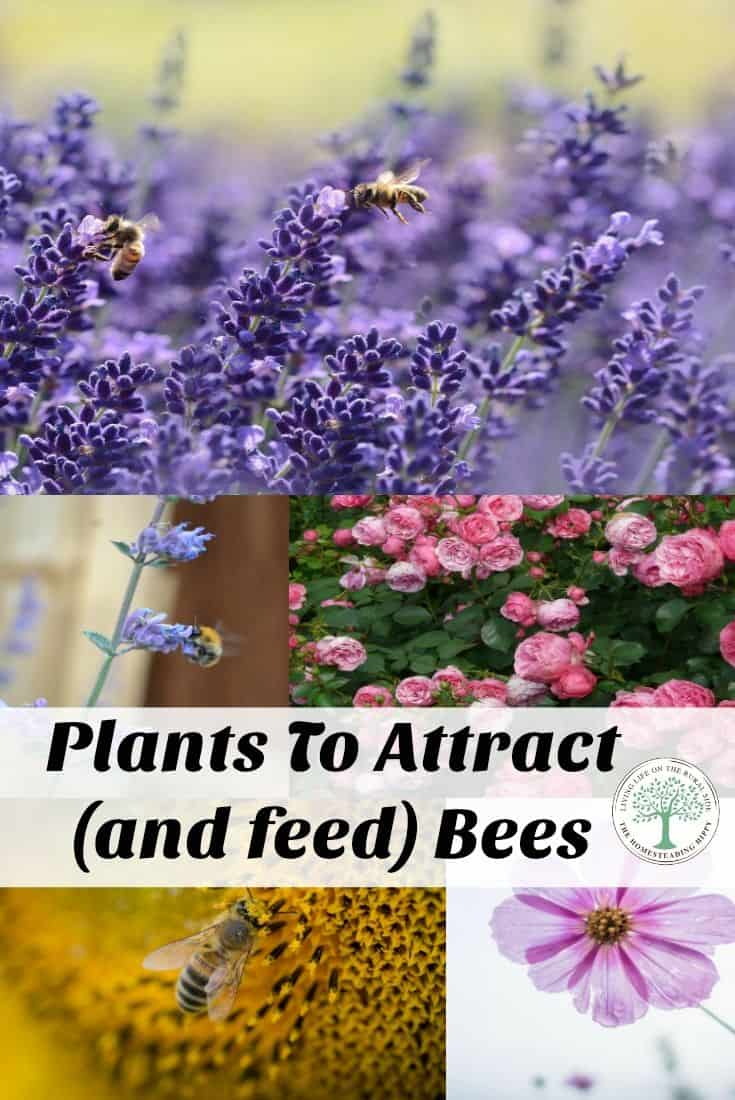
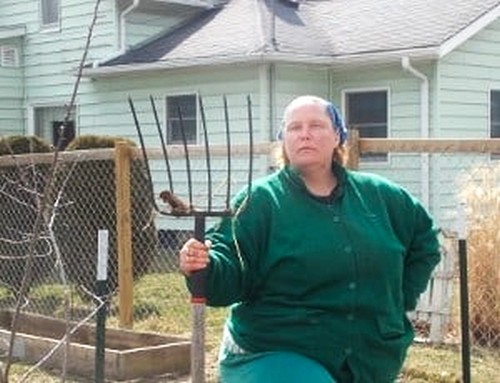
Heather’s homesteading journey started in 2006, with baby steps: first, she got a few raised beds, some chickens, and rabbits. Over the years, she amassed a wealth of homesteading knowledge, knowledge that you can find in the articles of this blog.
Learn more about Heather and the rest of the writers on this page.

We let carrots run to seed last year and the flowers brought in tons of bees! This year I’m putting in fennel, holy basil, thyme, chamomile, hollyhocks, cornflowers and yarrow to name a few! I’m hoping to get more spring bulbs in to help the early bees with food too!
I’m a sucker for English roses but not found any that are scented in the local nurseries yet!
I don’t have a garden but when I saw the title my first thought was “why would I want to attract bees?” so obviously I had to read the post. Thanks for sharing such an important post and issue – will be telling my mum to plant some bee attracting plants in her garden!
Emmie xo
Thank you for this – I used your article to help me decide what to put in my flower garden this year. I don’t like “matchy-matchy” flower gardens anyway so it was fun to mix it up with different varieties of flowers and herbs. You always come through!
I have found that the bees are loving alliums
another great plant for the bees!
When I let basil go to seed they love it too